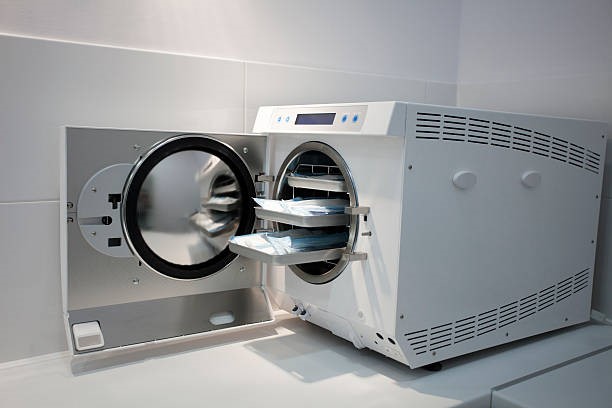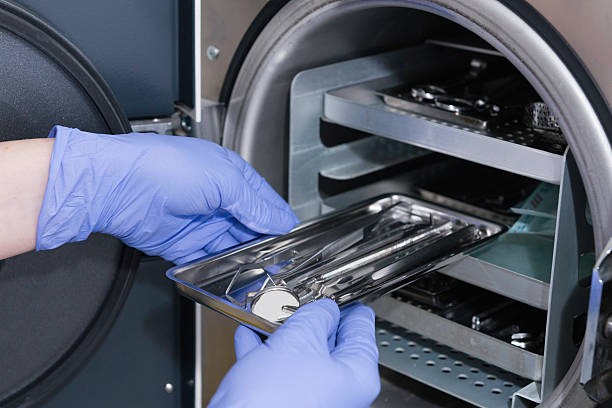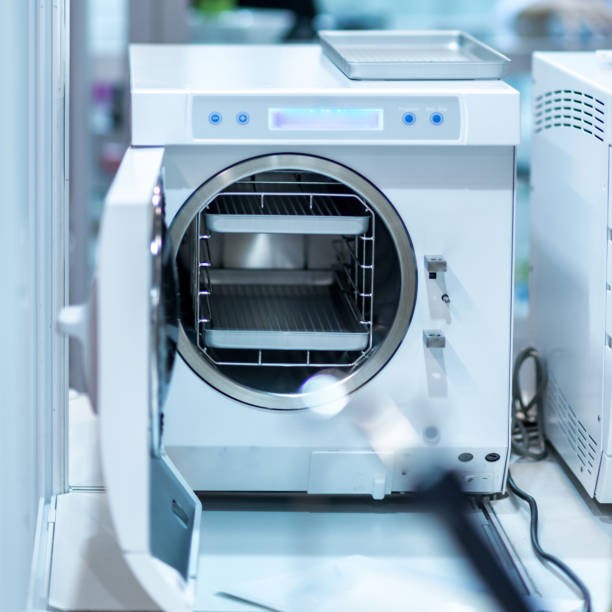How Important Can An Autoclave Be?


The invention of the autoclave sterilizer is attributed to Charles Chamberland, in 1879. Around that time, researchers began to realize the importance of sterile surgery, and doctors needed a more reliable sterilization method than open flaming. The autoclave’s benefits were soon evident, and it became an essential part of every clinic and hospital.
An autoclave is used to decontaminate surgical equipment, laboratory instruments, pharmaceutical items, and other materials. It can sterilize solids, liquids, hollows, and instruments of various shapes and sizes. Autoclaves vary in size, shape and functionality. A very basic autoclave is similar to a pressure cooker; both use the power of steam to kill bacteria, spores and germs resistant to boiling water and powerful detergents.
Autoclaves can be used in a variety of industrial and medical fields. Industrial autoclaves are used in manufacturing environments to process parts and materials using heated steam and pressure: for example, in the manufacturing of pressure treated woods and specialized rubbers used in the tires of your car. Beyond sterilizing equipment used in laboratory research most autoclaves come equipped with a liquid cycle to sterilize liquids used in laboratory environments.
HOW DOES IT WORK?
An autoclave chamber sterilizes medical or laboratory instruments by heating them above boiling point. Most clinics have tabletop autoclaves, similar in size to microwave ovens. Hospitals use large autoclaves, also called horizontal autoclaves.
Contaminated items are loaded in one end of a large cylindrical chamber. There may be mountings inside the chamber for shelving and trays. It is then sealed off by a door and door seal. The front door to the autoclave seals off the outside atmosphere from the items inside the chamber. A manual lock and the door seal keep the contents inside secure and prevents leakage.
In addition to the door seal, there are several other gaskets and seals fitted to an autoclave including generator gaskets and bed-pan seals. These seals are made of silicone and keep moisture from escaping the autoclave, as well as protecting the contents from the outside atmosphere.
Once the desired temperature has been reached in the autoclave a thermostat starts a timer. This timer is generally set to 15-20 minutes depending on the level of contamination of the materials inside the autoclave and how they have been loaded into the chamber afterwards the sterilizer drain is opened and steam is removed, depressurizing the vessel and allowing the items in the load to dry.
WHY IS IT SO IMPORTANT?
The sterilization of the different equipment in hospitals is necessary for the security of patients, as failing to meet safety criteria can have increasingly drastic consequences, which are as follows:
- The spread of infections
If at any time there are unclean and unhealthy substances on hospital equipment and surgical instruments, it can easily heighten the risk of infection by exposing specific body parts to bacteria.
- The spread of diseases
If the equipment sterilization isn’t done properly after being used for a different task, it makes it very easy for diseases to spread from one patient to another. Examples also include AIDS, HIV, hepatitis, and much more as well.
3 Loss of Life
While it may sound rather frantic, contaminated medical equipment due to lack of proper steam sterilization is nothing to be joked about. Serious infections can in some cases lead to the death of patients.




